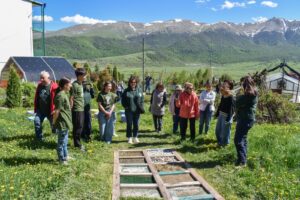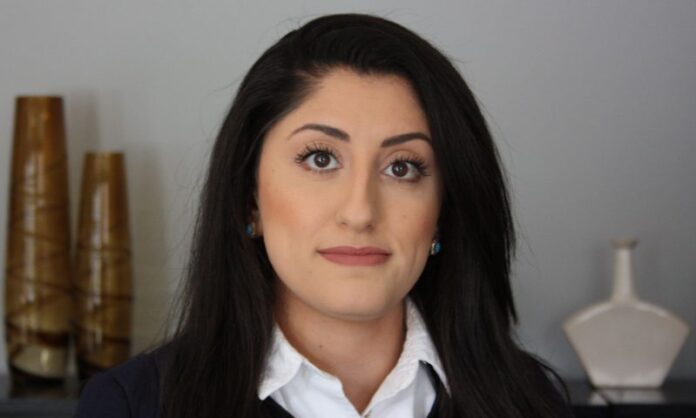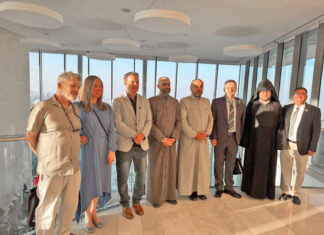NEW YORK — On June 12, the Armenia-based Institute for Security Analysis sponsored an online discussion about the 10th anniversary of the beginning of the genocide inflicted upon the Yazidi (Yezidi) population in Sinjar, Iraq, by the Islamic State of Iraq and the Levant (ISIL) or Daesh, where many were killed and thousands of women and children were kidnapped and enslaved.
(The abbreviation for Islamic State [ISIS] and ISIL are used interchangeably. In addition, the spelling Yazidi and Yezidi are both used.)
The discussants were Pari Ibrahim, executive director, Free Yezidi Foundation (FYF); Murad Ismael, president of Sinjar Academy and Elisa von Joeden-Forgey, executive director of the Lemkin Institute for Genocide Prevention. Khatchig Mouradian, a lecturer at Columbia University, served as moderator.
The genocide was launched on August 3, 2014, and by August 8, the US and UK responded with airstrikes on ISIL in northern Iraq.
Around 10,000 Yazidis were killed and 6,800 women and children were kidnapped by ISIL.
A theme frequently touched upon in the discussion was that the Yazidi population has not just experienced one genocide, but that throughout its existence, it has undergone many.










